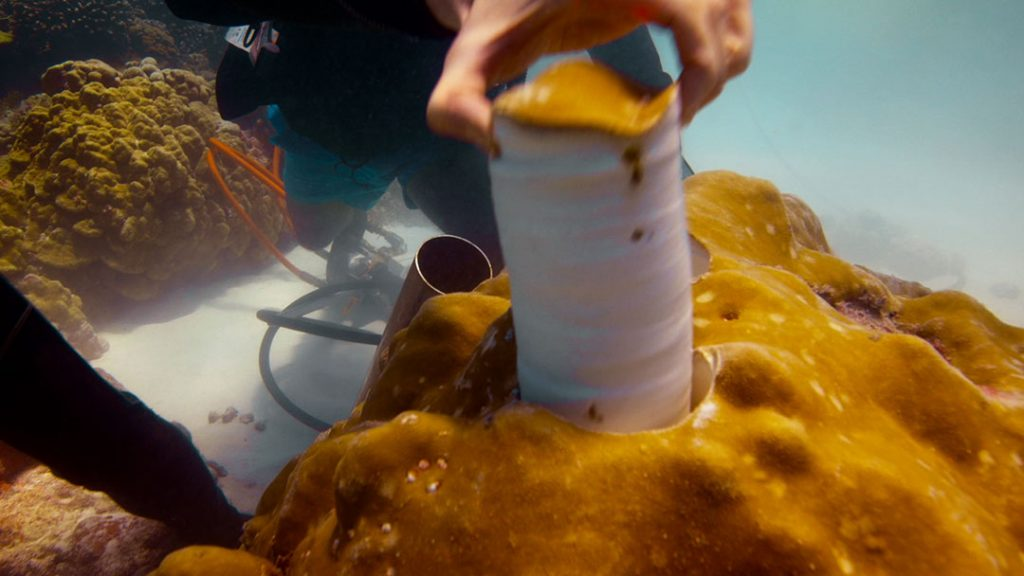Paleoclimatology, the study of past climates and their impact on the Earth’s environment and ecosystems, has been a crucial field of research for understanding our planet’s history and predicting its future. Throughout history, numerous paleoclimatologists have made significant contributions to this field, revolutionizing our understanding of Earth’s climate and its changes over time.
In this article, we will explore the top 12 most influential paleoclimatologists in history, highlighting their groundbreaking work and lasting impact on the scientific community.
Milutin Milanković
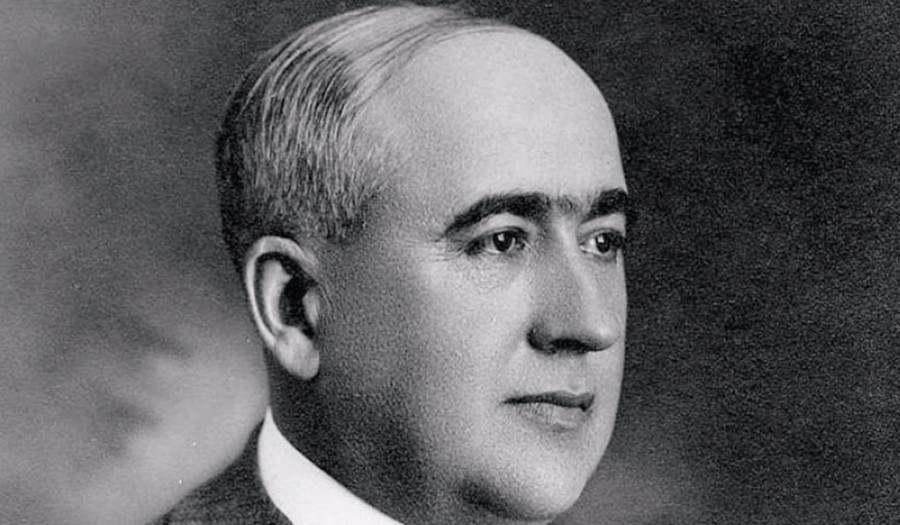
Milutin Milanković, a Serbian mathematician, astronomer, and geophysicist, is best known for his pioneering work on the Earth’s climate cycles. In the early 20th century, Milanković developed a mathematical theory that explained how variations in the Earth’s orbit and axis tilt could lead to long-term changes in climate, known as the Milankovitch cycles.
Milanković’s work laid the foundation for understanding the causes of ice ages and other long-term climate variations. His theory was initially met with skepticism but gained wider acceptance in the 1970s when deep-sea sediment cores provided evidence supporting his ideas. Today, the Milankovitch cycles are a fundamental concept in paleoclimatology and continue to inform our understanding of Earth’s climate history.
Willi Dansgaard
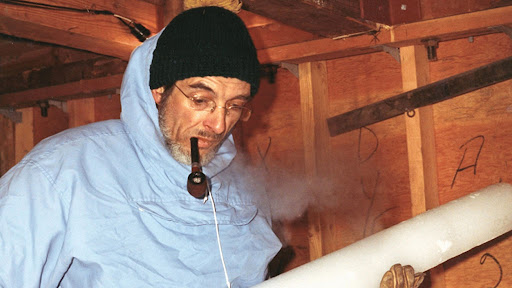
Willi Dansgaard, a Danish geophysicist, made significant contributions to the field of paleoclimatology through his pioneering work on ice core analysis. In the 1960s, Dansgaard and his colleagues developed techniques for extracting and analyzing the chemical composition of ice cores from Greenland and Antarctica.
By studying the oxygen isotope ratios in the ice, Dansgaard was able to reconstruct past temperature changes and identify abrupt climate shifts, such as the Dansgaard-Oeschger events. His work revolutionized our understanding of Earth’s climate history and provided evidence for the existence of rapid climate changes in the past.
Claude Lorius
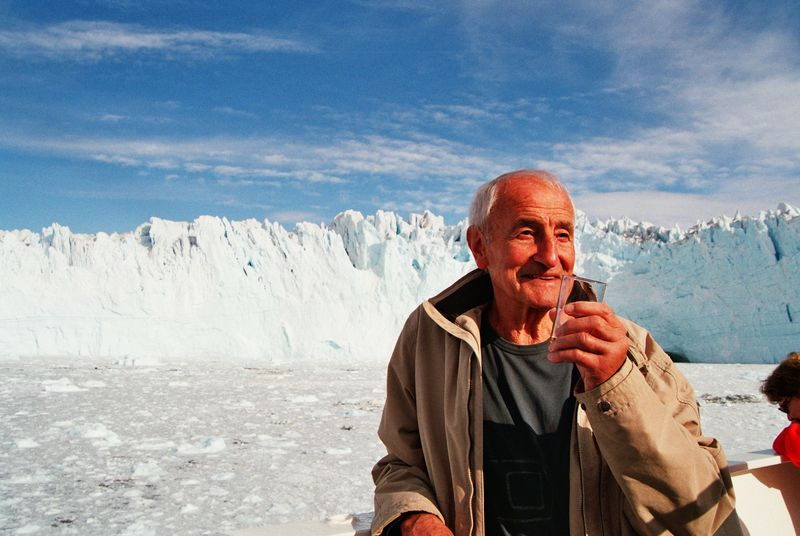
Claude Lorius, a French glaciologist, is renowned for his contributions to the study of Antarctic ice cores and their role in understanding Earth’s climate history. In the 1960s, Lorius and his colleagues were among the first to recognize the potential of Antarctic ice cores as a record of past climates.
Lorius’ work on the Vostok ice core, which spans over 400,000 years, revealed a strong correlation between atmospheric carbon dioxide levels and temperature changes. This finding provided crucial evidence for the role of greenhouse gases in driving long-term climate change and helped to establish the link between human activities and global warming.
Wallace Broecker
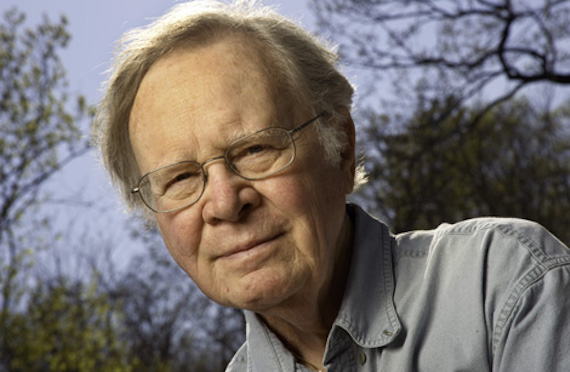
Wallace Broecker, an American geochemist and oceanographer, is often referred to as the “grandfather of climate science” for his pioneering work on the Earth’s climate system. In the 1970s, Broecker was among the first to recognize the potential for abrupt climate changes and the role of the ocean in regulating global climate.
Broecker’s work on the ocean’s conveyor belt circulation, known as the thermohaline circulation, helped to explain how changes in ocean currents could lead to rapid climate shifts. He also coined the term “global warming” in a 1975 paper, bringing attention to the growing concern over human-induced climate change.
Hans Oeschger

Hans Oeschger, a Swiss climatologist and physicist, made significant contributions to the study of past climates through his work on ice cores and ocean sediments. In the 1980s, Oeschger and his colleagues discovered evidence of abrupt climate changes in the Greenland ice cores, now known as Dansgaard-Oeschger events.
Oeschger’s work helped to establish the concept of “climate surprises,” or rapid and unexpected changes in Earth’s climate system. He also played a key role in developing the field of paleoceanography, using ocean sediment cores to reconstruct past changes in ocean circulation and climate.
Nicholas Shackleton

Nicholas Shackleton, a British geologist and paleoclimatologist, made groundbreaking contributions to the study of past climates through his work on marine sediment cores. In the 1970s, Shackleton and his colleagues developed a method for using the oxygen isotope ratios in fossil shells to reconstruct past ocean temperatures and global ice volume.
Shackleton’s work revolutionized our understanding of Earth’s climate history, revealing the existence of regular glacial-interglacial cycles over the past few million years. He also played a key role in establishing the link between changes in the Earth’s orbit and long-term climate variations, providing strong support for the Milankovitch theory.
Lonnie Thompson

Lonnie Thompson, an American paleoclimatologist and glaciologist, is renowned for his work on tropical ice cores and their role in understanding past climates. Thompson and his team have collected ice cores from high-altitude glaciers in the Andes, Himalayas, and other remote locations, providing unique records of climate change in the tropics.
Thompson’s work has revealed evidence of abrupt climate changes and the impact of human activities on tropical glaciers. He has also been a vocal advocate for action on climate change, highlighting the rapid retreat of glaciers worldwide as a clear sign of global warming.
Jean Jouzel
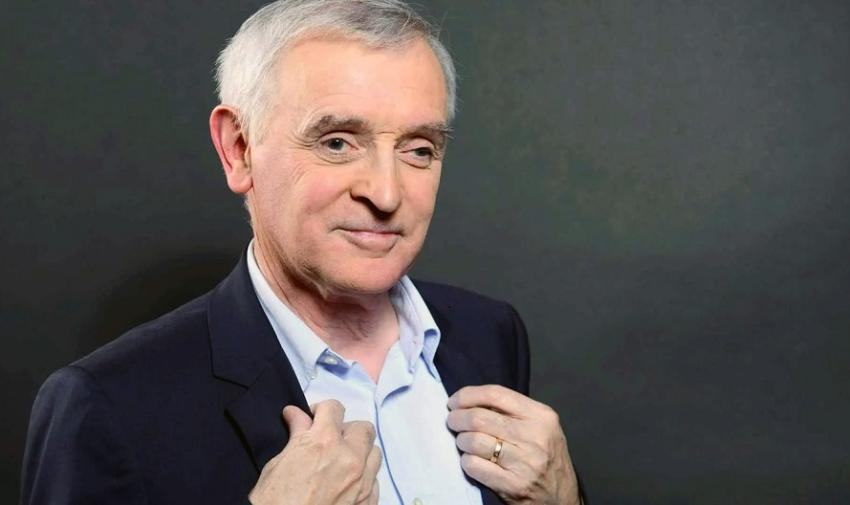
Jean Jouzel, a French glaciologist and climatologist, has made significant contributions to the study of past climates through his work on ice cores and climate modeling. Jouzel played a key role in the analysis of the Vostok ice core, which provided a detailed record of climate changes over the past 400,000 years.
Jouzel’s work has helped to establish the link between greenhouse gas levels and temperature changes in the past, as well as the existence of abrupt climate shifts. He has also been involved in the development of sophisticated climate models, which are used to project future climate changes based on different emission scenarios.
Richard Alley
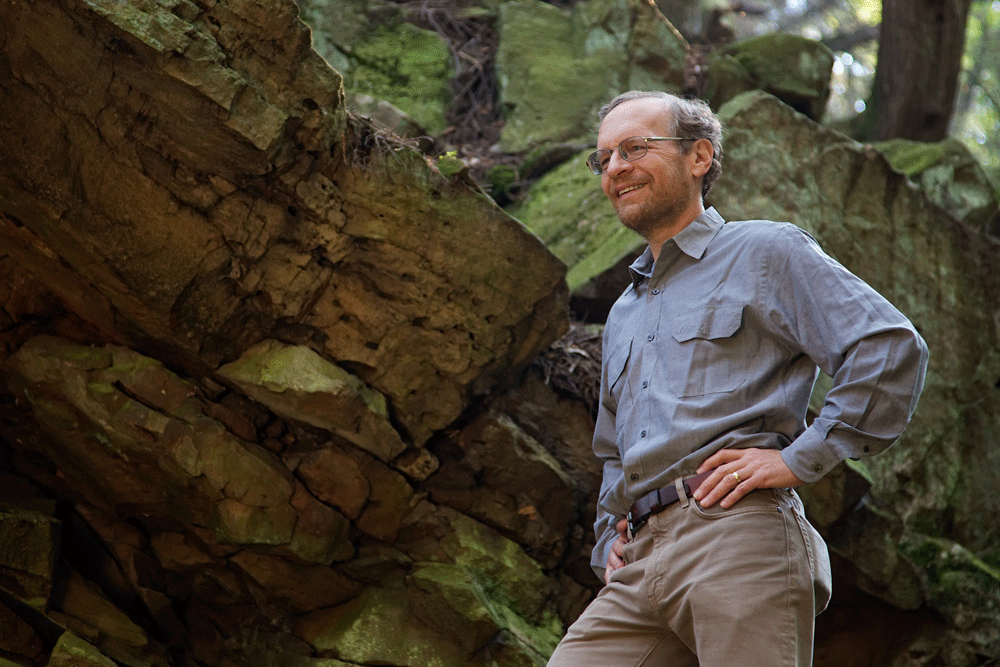
Richard Alley, an American geologist and paleoclimatologist, is known for his work on ice cores, ice sheet dynamics, and abrupt climate changes. Alley has been involved in numerous ice coring projects in Greenland and Antarctica, including the GISP2 project, which provided a detailed record of climate changes over the past 100,000 years.
Alley’s research has focused on understanding the mechanisms behind abrupt climate changes, such as the Younger Dryas event, and the potential for similar changes in the future. He has also been a prominent communicator of climate science to the public, appearing in numerous documentaries and giving talks on the importance of addressing climate change.
Ellen Mosley-Thompson
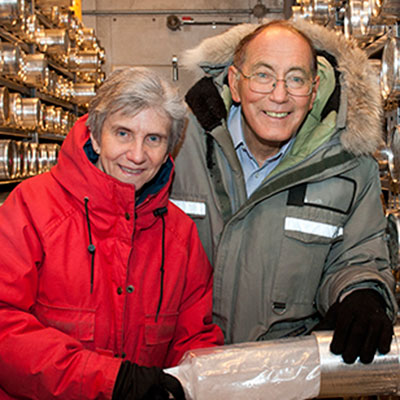
Ellen Mosley-Thompson, an American paleoclimatologist and glaciologist, has made significant contributions to the study of past climates through her work on ice cores from around the world. Mosley-Thompson and her husband, Lonnie Thompson, have collected ice cores from high-altitude glaciers in the Andes, Himalayas, and other remote locations.
Mosley-Thompson’s research has focused on understanding the variability of past climates and the impact of human activities on glaciers and ice sheets. She has also been a strong advocate for diversity and inclusion in the geosciences, working to promote the participation of women and underrepresented groups in the field.
Raymond Bradley
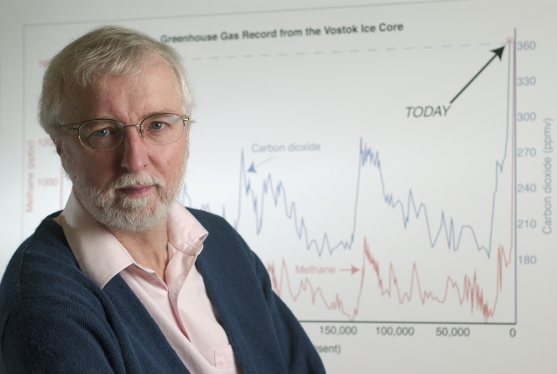
Raymond Bradley, an American paleoclimatologist and geographer, is known for his work on reconstructing past climates using a variety of proxy records, including tree rings, lake sediments, and ice cores. Bradley has been a pioneer in the field of paleoclimatology, developing new methods and techniques for extracting climate information from natural archives.
Bradley’s research has focused on understanding the natural variability of Earth’s climate system and the mechanisms behind past climate changes. He has also been a vocal advocate for action on climate change, highlighting the urgent need to reduce greenhouse gas emissions and adapt to the impacts of a warming world.
Michael Mann

Michael Mann, an American climatologist and geophysicist, is best known for his work on reconstructing past temperatures using proxy records, such as tree rings and ice cores. In the late 1990s, Mann and his colleagues developed the “hockey stick” graph, which showed a sharp increase in global temperatures over the past century compared to the previous 1,000 years.
Mann’s work has been at the center of much controversy and political debate, with some critics questioning the reliability of his temperature reconstructions. However, subsequent studies have largely confirmed Mann’s findings, and he has become a leading voice in the fight against climate change denial and misinformation.
Conclusion
The field of paleoclimatology has been shaped by the groundbreaking work of numerous scientists throughout history. From Milutin Milanković’s pioneering theory of climate cycles to Michael Mann’s controversial “hockey stick” graph, these paleoclimatologists have revolutionized our understanding of Earth’s climate history and the mechanisms behind long-term climate change.
Their work has not only shed light on the past but also provided crucial insights into the future of our planet in the face of human-induced global warming. By studying the climate changes of the past, these scientists have helped to establish the link between greenhouse gas levels, temperature changes, and the potential for abrupt and irreversible shifts in Earth’s climate system.
As we continue to grapple with the challenges of climate change, the legacy of these influential paleoclimatologists serves as a reminder of the importance of scientific inquiry, the power of evidence-based decision-making, and the urgent need for action to protect our planet for future generations.

